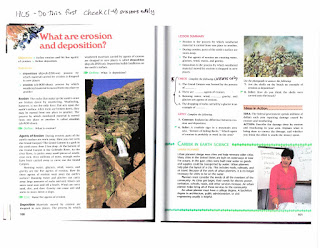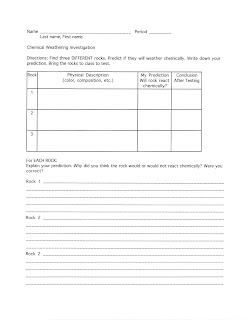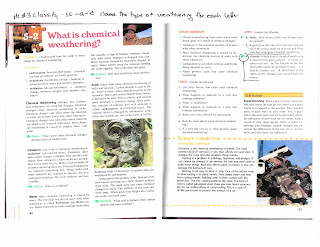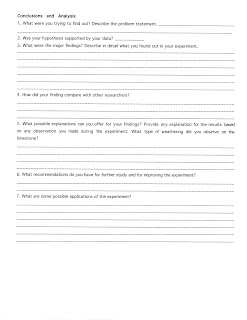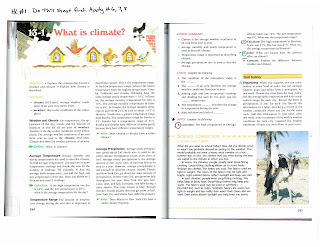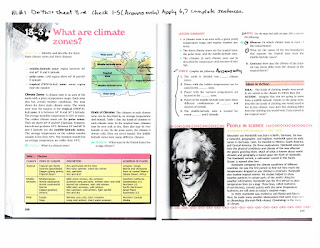

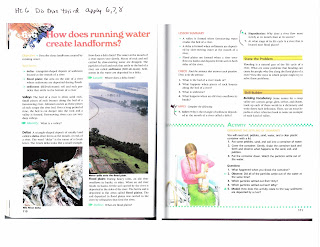
This is HL 6, all to be done on one sheet of loose leaf, properly headed paper.
Students will be able to:
use information from laboratory experiments and classroom discussion to
-compare/contrast physical and chemical weathering.
The do now was an FCAT transparency.
Students submitted and reviewed HL 5 and received HL 6, which can be found at the top of this blog.
Students performed the Glencoe virtual lab on weathering. To access the lab, visit Dr. Gayden's Science Zone (drgcdms.podomatic.com) and scroll down to Monday, 22 November, 2010 for 6th graders only. Click the Glencoe link to access the lab. Before you begin, copy the table into your notebook. Complete the table as you work through the activity. Finally, answer all the journal questions.
Students are reminded to bring their 3 rock samples in tomorrow.
